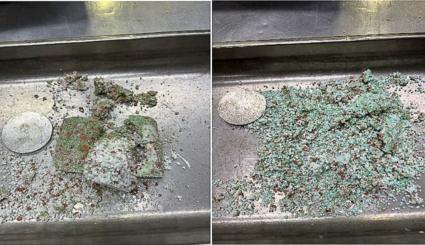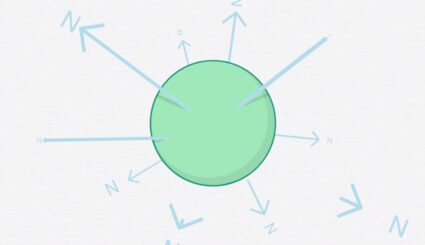Understanding Nitrogen Loss: Denitrification
Understanding Nitrogen Loss: Denitrification
Denitrification is one of the three major forms of nitrogen loss in plants. If water ponds on warm soil early in the growing season or the soil becomes oxygen deprived, nitrogen can be lost to the atmosphere. This form of N loss occurs when microbial attacks from naturally occurring bacteria in the soil strip oxygen from the nitrate, producing gases that escape to the air and can mean the loss of up to 60 percent of your applied nitrogen.
Ideal conditions for denitrification
Four conditions that contribute to denitrification are:
- Wet or poorly drained soil
- Compaction
- Warm soil temperatures
- Readily decomposable organic matter
These four conditions can all cause oxygen levels in the soil to drop, triggering a need for the bacteria to denitrify the soil to live. The loss occurs as gases, nitrogen gas, nitric oxide or nitrous oxide, which can leave the soil and enter the atmosphere in as little as 15 minutes after soil saturation – robbing crops of the necessary N availability they need for healthy growth. In wet springs there can be denitrification in conventional nitrogen, such as ammonia sulfate.
The right time
While soil moisture plays the biggest role in determining the extent and duration of denitrification, studies show that microbial processes causing denitrification are most rapid at temperatures between 80°F (27°C) and 100°F (38°C). When using conventional fertilizers such as urea or UAN, growers should delay application of nitrogen as long as possible on soil that is waterlogged.
ESN is unique in its ability to protect nitrogen from loss mechanisms even in the presence of excess water. The polymer coating of ESN protects the urea granule from losses, including leaching, volatilization and denitrification. Whether applied in the fall, spring, or both, ESN protects N from wet conditions.
With ESN, and its controlled release, the release of nitrogen can take place over a 50-80 day period, and the risk of denitrification is reduced significantly.
Are you interested in learning more about ESN? Get in touch with your local rep to find out if ESN is right for your farm.


